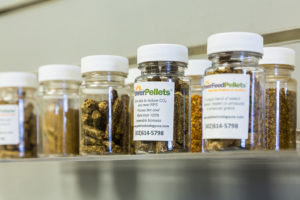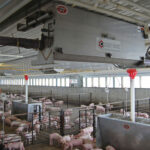You Need How Much?
What do you do when your business plan calls for over 100,000 tons of densely packed corn stover … and you will process that quantity of corn stover every year–adding value to the local economy in a sustainable way? It’s...
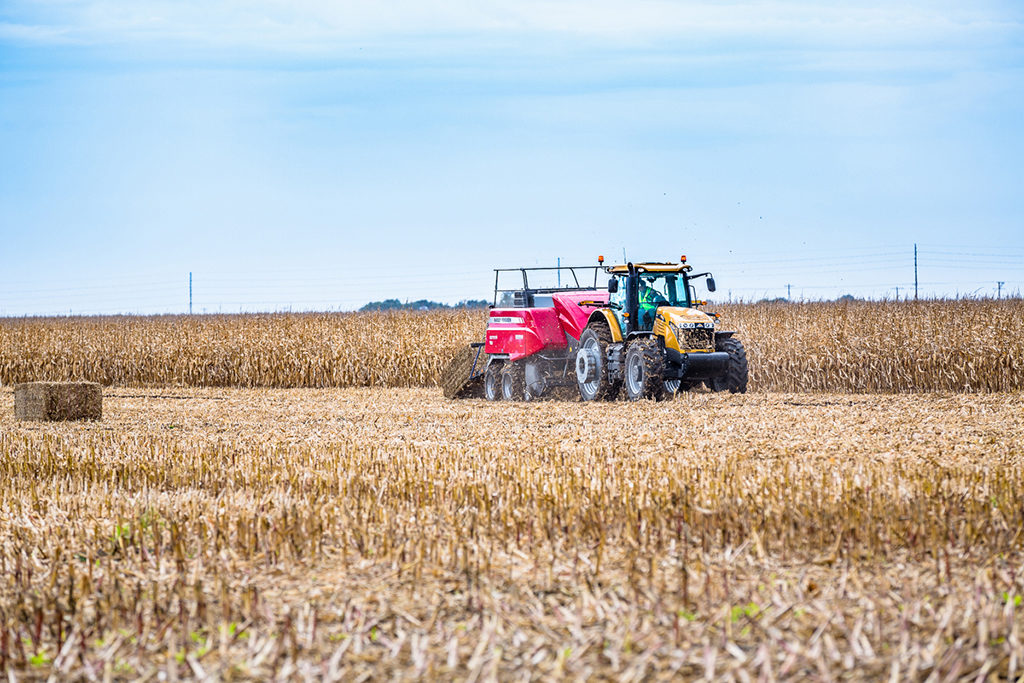
You Need How Much?
What do you do when your business plan calls for over 100,000 tons of densely packed corn stover … and you will process that quantity of corn stover every year–adding value to the local economy in a sustainable way? It’s...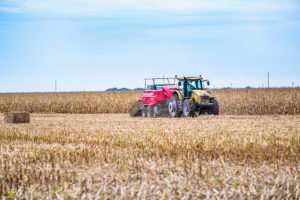
What do you do when your business plan calls for over 100,000 tons of densely packed corn stover … and you will process that quantity of corn stover every year–adding value to the local economy in a sustainable way?
It’s not like you can call your local supplier to fulfill the order. No one has that volume of square bales available.
That was the challenge Pellet Technology USA’s (PTUSA) founder Russ Zeeck and Business Strategy Manager Joe Luna faced when they were mapping out their idea for a new company, just a few short years ago.
Luna came to PTUSA from the West Coast. There, he worked in ag, finance and technology. He knew of AGCO and our industry expertise.
He heard that AGCO had been perfecting the process of collecting large quantities of stover and making them into high-density bales. That early work was mainly being done to in the energy market.
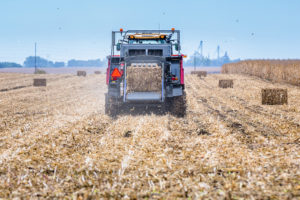
Zeeck then stepped in. A 30-year vet of the ag and energy industries, he drove and developed his idea to create pellets from corn stover for use as a green energy supplement or as a consistent animal feed product.
But the numbers that came out of the production equations were staggering. Could they actually secure this volume of stover? How would it be harvested? How would it be transported to the facility for processing? Most importantly, could it be delivered year-over-year?
There were so many moving parts that had to be coordinated. Who has the equipment, technology and expertise to make it happen?
“I knew of AGCO from previous projects,” said Luna. “So when we met, they came at this project with the attitude of a partner. They not only have a lot of equipment but they also have a lot of expertise. Remember, we’re still a young company. But to be successful, my thinking was to ‘stand on the shoulders of giants.’ AGCO has several hundred thousand tons of experience, and we wanted to build on that.”
So, the AGCO Biomass Solutions team went to work. Together with the PTUSA team, we mapped out the strategy to secure the plentiful ag residue. From providing the hundreds of pieces of equipment needed from Massey Ferguson tractors, to Hesston windrowers, Hesston high-density square balers, and finally, transportation, our strategy took shape.
Our goal is to help our customers – like PTUSA – create something. And that “something” is changing the way that we think about ag residue.
PTUSA is creating a business of collecting what used to be considered “trash” in the fields – that left over corn stalk material. In the past, farmers would collect it and use it as bedding for their livestock or to cover the dirt floors of their barns. Or, they would just till it back into the ground. We’ve now found this practice does more harm than good (more on that in a later column).
Once we map it all out, it’s quite literally a “symphony” of collecting the “trash” across a 50-mile radius of fields in Nebraska. But, there is just a 30-60 day window for the AGCO Biomass team to do it all – cut, windrow, bale, pick-up and deliver. And, we’re on track to do just that.
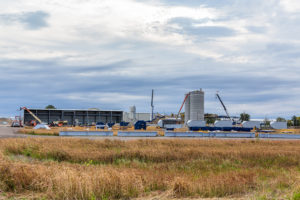
It means that the 100,000-plus tons of high-density bales that the PTUSA team was imagining – which will fill a 50-acre field, seven bales high – will be sitting next to their new facility in York, in just a few short weeks. And, it’s enough stover to last all year long. Sixty days of hard work for a year’s worth of supply? Not too shabby.
We’ve solved that problem. However, knowing that within a 50-mile radius, there is estimated to be 2.5MM tons of available ag residue, it begs yet another question on this biomass project. What impact would it have on the local economy, if we could harvest that 2.5MM tons?
We’ll look at that next time.
